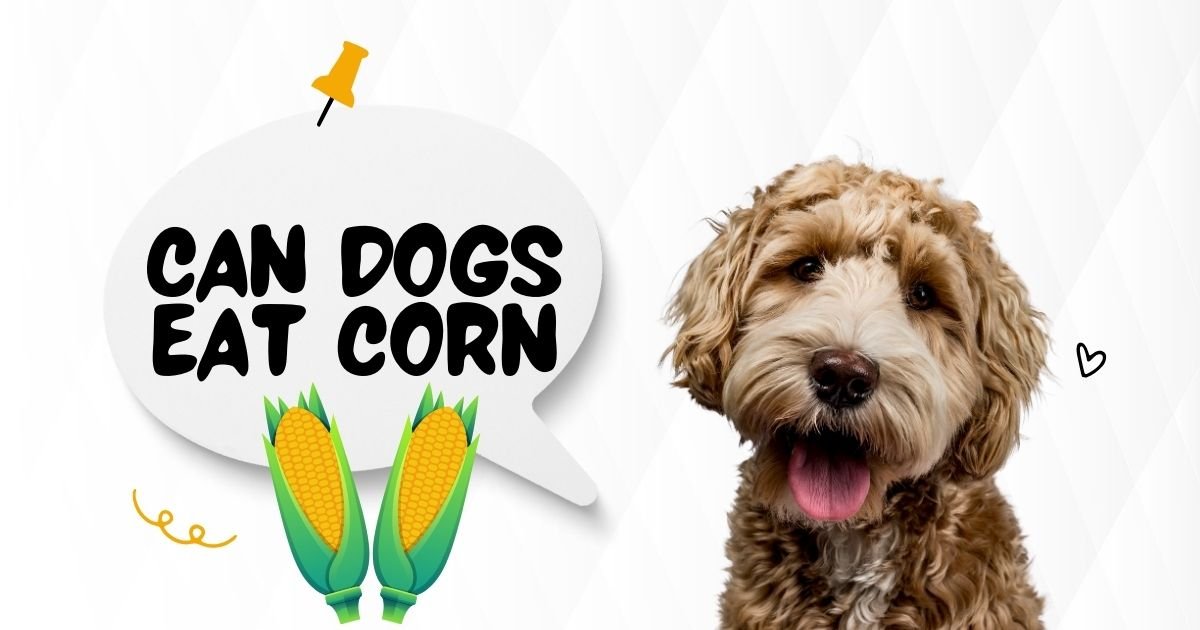Can Dogs Eat Olives? Safety, Risks, and Benefits

Can dogs eat olives? Learn about the safety, risks, and benefits of feeding olives to your dog and how to do it safely.
Introduction
As dog owners, we’re always on the lookout for safe and healthy treats to give our furry companions. But when it comes to foods like olives, many of us wonder, “Can dogs eat olives?” While olives are a tasty snack for humans, it’s essential to explore whether they are safe, beneficial, or risky for dogs. In this article, we’ll dive deep into the safety, risks, and benefits of feeding olives to your dog so you can make an informed decision.
What Are Olives?
Olives are small, oval-shaped fruits that come from olive trees, typically found in Mediterranean regions. They’re known for their rich flavor and are often used in cooking, salads, or as a snack. Olives can be found in two main types: green olives, which are harvested before ripening, and black olives, which are harvested after they ripen.

Are Olives Safe for Dogs?
In short, yes, dogs can eat olives—but with some caution. Fresh, plain olives in moderation are not toxic to dogs. However, it’s crucial to differentiate between fresh olives and processed olives, which often contain added ingredients like salt, seasonings, or preservatives that can be harmful to your dog.
Fresh Olives vs. Processed Olives
When it comes to giving your dog olives, always opt for fresh, unsalted ones. Processed olives, like those found in cans or jars, often contain a lot of sodium, which can be dangerous for dogs if consumed in large amounts. Too much sodium can lead to dehydration, increased blood pressure, and in extreme cases, sodium poisoning.
Can Dogs Eat Green and Black Olives?
Both green and black olives are safe for dogs, but there’s a slight difference between them. Green olives tend to have a stronger taste and might be less appealing to dogs, while black olives are milder. Regardless of the type, always ensure they are plain and free from any seasoning or brine.

Health Benefits of Olives for Dogs
Though olives are not a necessary part of a dog’s diet, they do contain some nutrients that could potentially benefit your dog in small amounts.
Healthy Fats in Olives
Olives are rich in monounsaturated fats, which are considered “good” fats. These fats can promote a healthy coat and skin in dogs, contributing to a shiny, soft appearance. However, these fats are also high in calories, so moderation is key.
Antioxidants and Nutrients in Olives
Olives contain antioxidants like vitamin E, which can help combat oxidative stress in the body, supporting your dog’s immune system. Additionally, olives have small amounts of fiber, iron, and copper—all of which are beneficial in maintaining overall health.
Potential Risks of Feeding Olives to Dogs
Despite the potential health benefits, there are also several risks associated with feeding olives to your dog.
Sodium and Processed Olives
As mentioned earlier, the high sodium content in processed olives can be harmful. Too much salt can cause excessive thirst, urination, and, in extreme cases, lead to kidney damage. It’s essential to avoid giving your dog olives that are preserved in salty brine or oil.

Pits and Choking Hazards
Assuming that you’re giving your dog entire olives, try to eliminate the pits first. Olive pits pose a significant choking hazard, especially for small dogs. They can also cause intestinal blockages if swallowed, which might require surgery to resolve.
Allergic Reactions and Sensitivities
Though rare, some dogs may have allergic reactions or sensitivities to olives. Symptoms may include itching, vomiting, diarrhea, or excessive licking. If you notice any of these signs after your dog eats olives, discontinue feeding them and consult your veterinarian.
How to Safely Feed Olives to Your Dog
If you decide to feed your dog olives, it’s essential to do so safely. Here’s how:
Quantity and Moderation
As with any treat, moderation is crucial. One or two plain, pitted olives every now and then can be a fun treat, but they shouldn’t be a regular part of your dog’s diet. Too many olives can lead to stomach upset or weight gain due to their fat content.
Preparation of Olives for Dogs
Always serve olives plain and pit-free. Never feed your dog olives that are flavored, stuffed with ingredients like garlic or cheese, or soaked in oil. Plain olives are the safest choice.

Alternatives to Olives for Dogs
If you’re looking for other healthy snacks to offer your dog, there are plenty of better alternatives than olives. Fruits like blueberries, apples (without seeds), and bananas are excellent low-calorie treats rich in vitamins and antioxidants. Vegetables like carrots, cucumbers, and sweet potatoes are also healthy options that dogs tend to love.
Conclusion
So, can dogs eat olives? The answer is yes, but only in small amounts and when properly prepared. New, plain, hollowed olives can offer some medical advantages to your dog, including solid fats and cell reinforcements. However, the risks, such as sodium content in processed olives and the dangers of olive pits, make it essential to approach feeding olives to your dog with caution. Remember to keep the portions small and always prioritize your dog’s overall balanced diet.
FAQs
Can olives improve my dog’s coat?
Yes, the healthy fats in olives may help improve your dog’s coat and skin health by providing essential fatty acids that promote a shiny, soft coat.
Are flavored or stuffed olives safe for dogs?
No, olives flavored with garlic, onions, or other seasonings, or those stuffed with ingredients like cheese, can be harmful to dogs. Always stick to plain, pitted olives.
Can dogs eat other parts of the olive plant, like leaves?
While olive fruit is safe in moderation, it’s best to avoid giving your dog other parts of the olive plant, like leaves, as they can be harder to digest and may cause stomach issues.
What other fruits are safe for dogs to eat?
Dogs can safely enjoy fruits like blueberries, watermelon, strawberries, and apples (without seeds). These fruits are packed with nutrients and are a better alternative to olives for regular treats.



